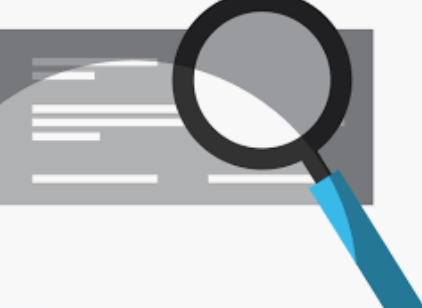
Lockbox Payment Check Image
Apr 16, 2020
Everyone utilizes lockbox check images to help apply customer payments accurately. But if your AR system doesn’t help you manage them, your cash appliers can spend significantly more time than needed accessing and maintaining them.
Lockbox check images are generally delivered three ways:
- A CD/DVD of images provided by the bank
- A bank portal to lookup and access the images
- A set of image files delivered electronically with your lockbox payment file
Many organizations use a combination of 1 and 2. Check images are available for a time on a bank portal. Cash appliers login to the portal and look up the check and associated documentation to complete the application. After a period of time, usually a number of months, the images are no longer available from the portal and must be accessed from CDs provided periodically from the bank. And, of course, access to images on the portal as well as acquiring those CDs are additional charges to your lockbox fees.
Aside from the recurring cost involved, this arrangement is far from an optimal use of time. Cash appliers are constantly bouncing between the image portal and their cash app screens. The extra time involved may only be 10 seconds an image, but consider 10 cash appliers each doing this for 100 checks a day. In a week that’s 10 seconds times 10 appliers times 100 checks times 5 days. That’s almost 14 hours a week or 35% of an FTE.
The situation is much worse if there’s a collection question or a dispute. Access to check images beyond cash appliers requires more security and controls in many organizations. And once images are no longer available on the portal, using CDs can be very cumbersome and time consuming.
Some companies, particularly larger ones, avoid the worst of this by storing check images in a document management system (DMS). Here, at least the accessibility, security and control can reside within the enterprise framework. But generally, appliers and collectors must still utilize a separate application to access check images and the costs associated with maintaining this information on a DMS are often not trivial.
The optimal solution is for the AR system itself to manage check images. Check images should be delivered with the bank lockbox file (option 3 above). The AR system should process the check images along with the other bank payment data and immediately associate each check image with its corresponding payment. The image should then be accessible by a single click from any payment record within the system. This includes the collection and dispute screens as well. It’s very important to have remittance images integrated into the payment history screens available to collectors and dispute resolution specialists, so they can quickly and authoritatively resolve any check application issues.


